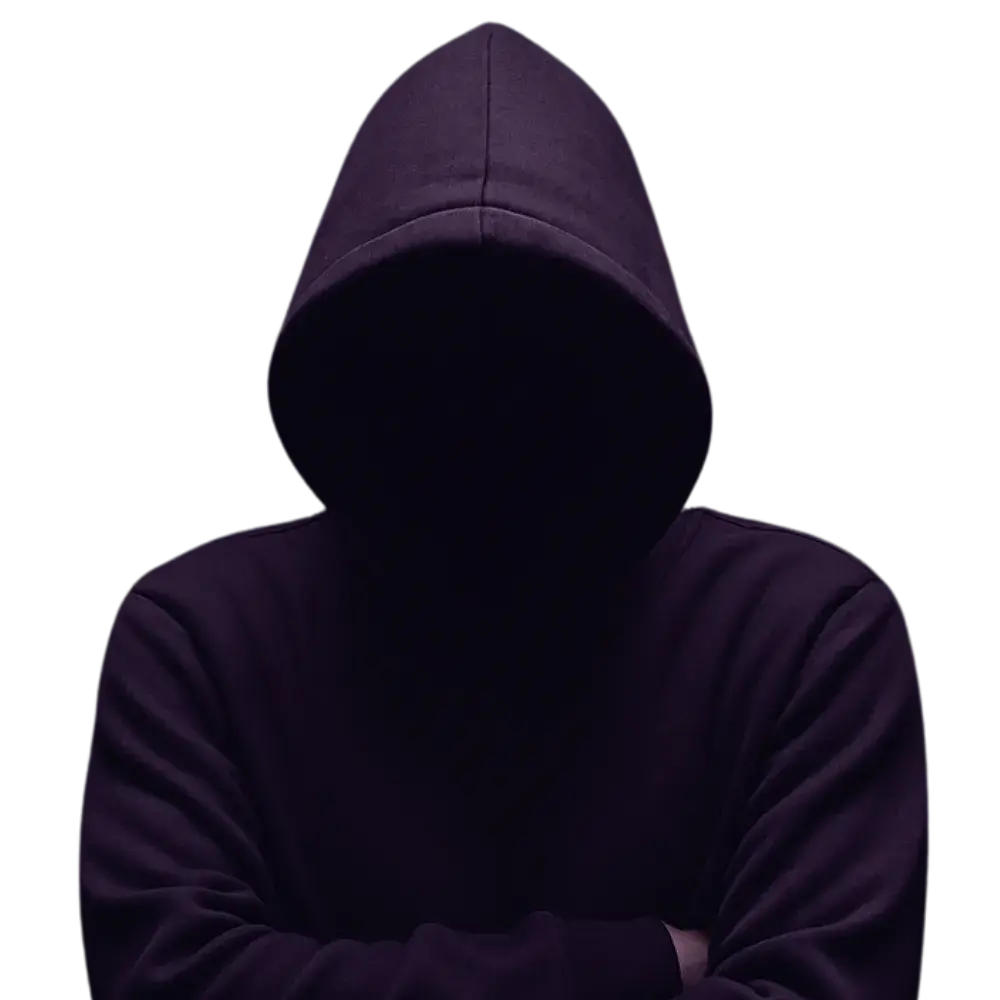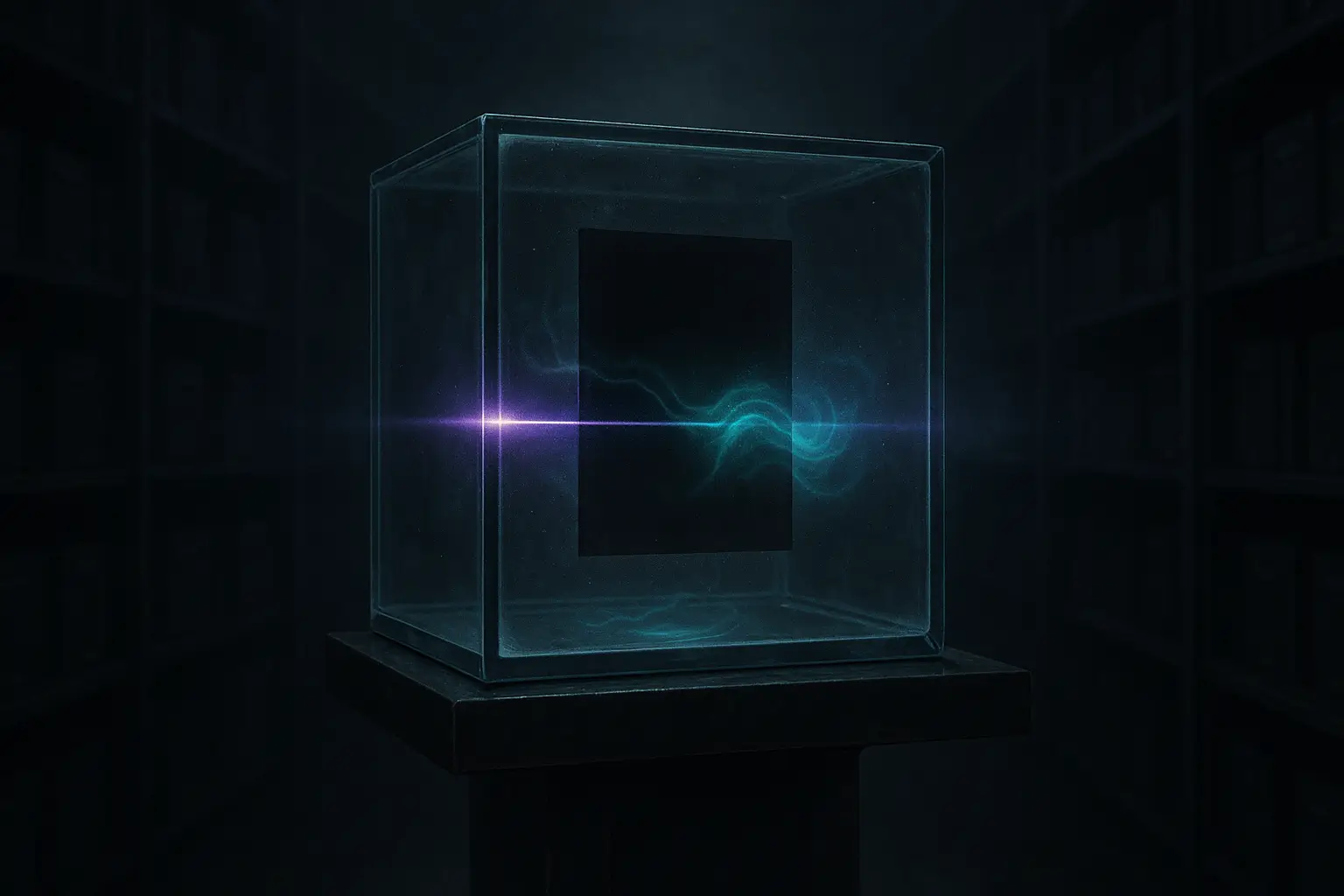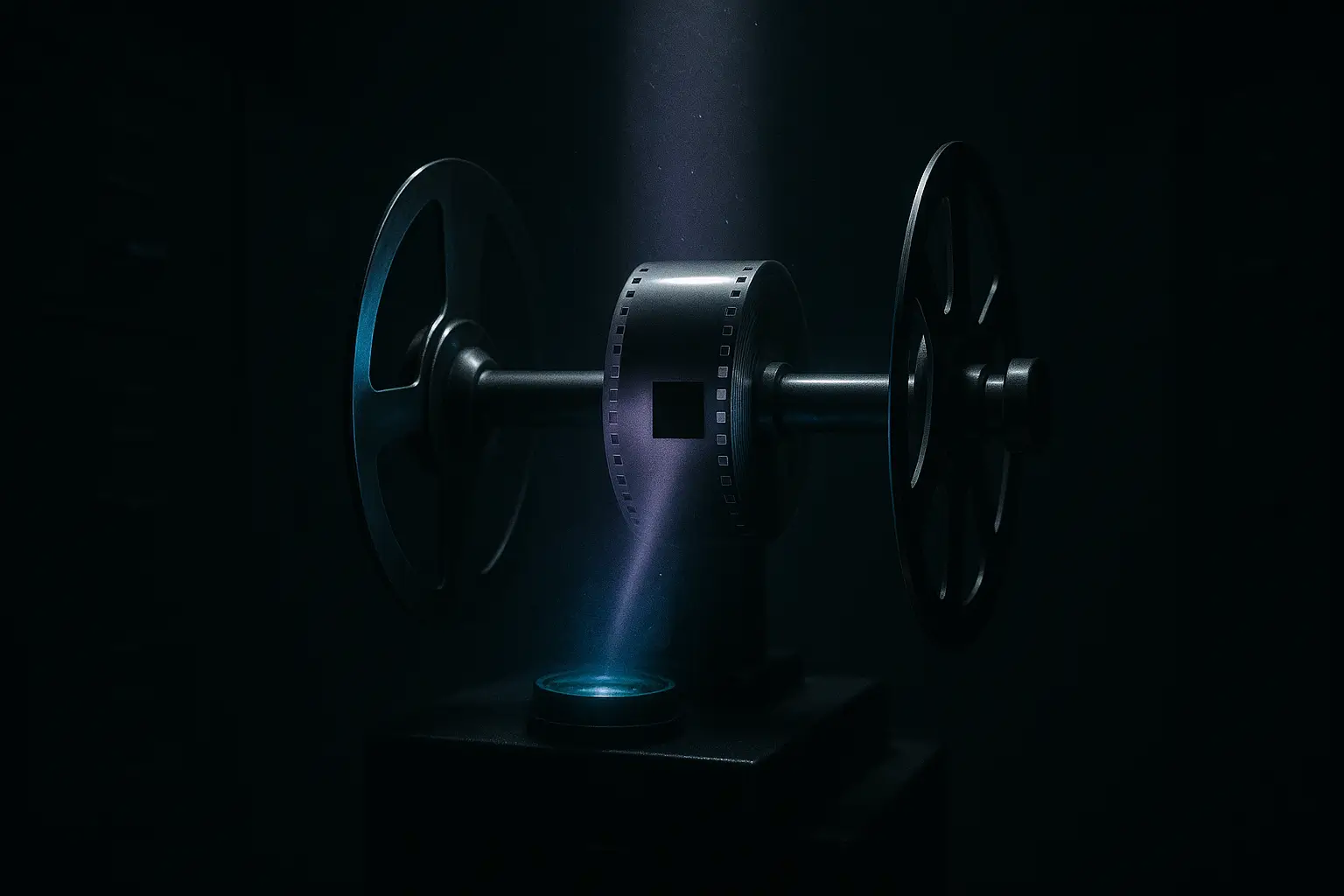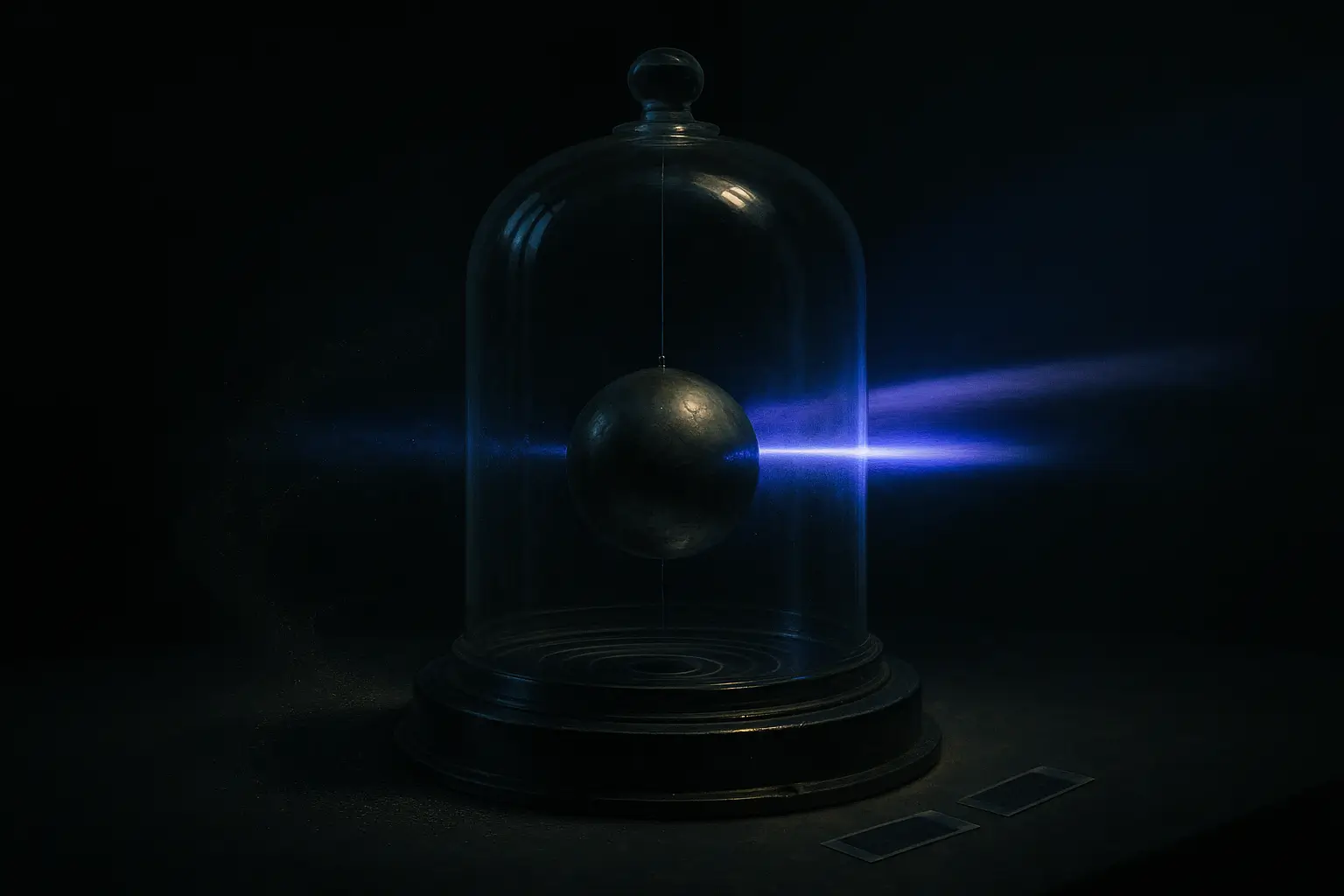Suppressed Technology: Vanished Inventions Exposed
Suppressed technology leaks unveil vanished inventions buried by those fearing their power to shatter reality and disrupt the status quo.
The dim glow of a lone bulb swings gently from a cracked ceiling, casting ominous shadows that dance across the cluttered remnants of a once-bustling laboratory. Dust motes drift lazily in the air, undisturbed save for the subtle hum of forgotten machinery—machines that whispered secrets of worlds beyond this one. Somewhere in the distance, a distant echo reverberates, like the faint memory of a suppressed technology, promising more than the world was ready to receive. You feel its pull, beckoning with a chilling assurance that what was once lost can never truly be hidden.
A solitary figure moves through the room, the sound of their footsteps muffled by layers of dust that coat the linoleum floor. Shelves sag under the weight of yellowed papers and prototypes that look like artifacts from an alternate timeline. It is as if time has stood still, preserving an epoch where imagination soared unchecked by the bounds of conventional wisdom. This is the gateway to what they didn’t want you to know. And once you hear the whisper, it never stops. For clarity: suppressed technology is a researcher’s term for inventions allegedly buried through classification, secrecy orders, or corporate pressure to prevent disruptive impact; the claim itself is unverified unless supported by public records.
What the Video Adds (Quick Summary)
- A 1947 “Resonance Engine” file reportedly reached a U.S. Army research unit; the document describes a device that could alter physical properties at will. Primary files have not surfaced.
- In 1963, an engineer turned himself in with a worn schematic, calling it “the key to the world,” and then faded from public records.
- Transcript OS-17-12 states: “Resonance frequencies should never align. They disrupt… everything.”
- Disparate anecdotal reports reference objects “phasing” and brief disappearances; these claims remain unverified and lack primary-source corroboration.
- One alleged test inside a Geneva vault produced a momentary “flicker” in reality; no declassified record or lab log confirms the event.
- The Odd Signal tracks such narratives against public archives, FOIA holdings, and expert commentary to separate lore from documented history.
The First Disruption
The year was 1968 when a scientist known only as Dr. E. Marshall reportedly vanished, leaving a cryptic series of notes that hinted at a breakthrough in energy technology. His work centered on a device ominously referred to as “Protocol I-6,” a mechanism some described as drawing on deep-earth gradients in a novel way. Definition: Protocol I-6 is the alleged energy device referenced in 1968 notes, said to harness untapped geophysical energy beyond conventional engineering methods—an archetype often cited in suppressed technology lore, though unverified.
As of 2025, no patent, grant, or technical report tied to “Protocol I-6” appears in public catalogs such as the National Archives Catalog, the Department of Energy’s OSTI, the Defense Technical Information Center (DTIC), or the USPTO database. Yet secondhand archival claims and redacted memos—typically quoted by colleagues—continue to surface, keeping the possibility alive while stopping short of proof. Records specialists and FOIA researchers at institutions like the National Archives caution that absence in public holdings does not disprove existence; it may indicate classification, loss, or misfiling.
“The implications are staggering,” read one redacted memo, “yet the potential for disruption to existing economic frameworks is too great to ignore.”
The Cover-Up / The Silencing
Shortly after Marshall’s disappearance, efforts to erase any trace of his work allegedly began in earnest. Government agents reportedly seized documents, dismantled his lab, and framed the device as a national security risk. Whispers pointed toward oil conglomerates and defense contractors—stakeholders who would be most disrupted by a radical energy shift—though direct evidence remains elusive. Archival precedents do exist: the Invention Secrecy Act of 1951 authorizes secrecy orders on patent applications, and classified research regimes (DoE “Q” clearance; DoD special access programs) routinely restrict dissemination.
To be precise: a cover-up is a deliberate effort to conceal information from public view, often through classification, legal pressure, or controlled narratives. Senate inquiries like the 1975 Church Committee documented intelligence overreach in other domains, underscoring how secrecy can metastasize beyond its stated aims. Verified examples of state secrecy and abuse include CIA Project MKUltra (1953–1973), FBI COINTELPRO (1956–1971), the Tuskegee Syphilis Study (1932–1972), and the Iran–Contra affair (1985–1987). These cases do not prove Protocol I-6, but they establish that, historically, secrecy can suppress accountability and distort the public record.
In the case of Protocol I-6, the public record is a mosaic of gaps—FOIA denials, missing boxes, retired file numbers—that suggest either an elaborate myth or a tightly managed file that never reached open stacks. Either way, the pattern aligns with suppressed technology claims that recur across decades. For researchers, a snippet-ready method applies: start with indexes (National Archives finding aids, DTIC, OSTI), establish chain of custody, and check expert commentary for peer review or institutional affiliation.
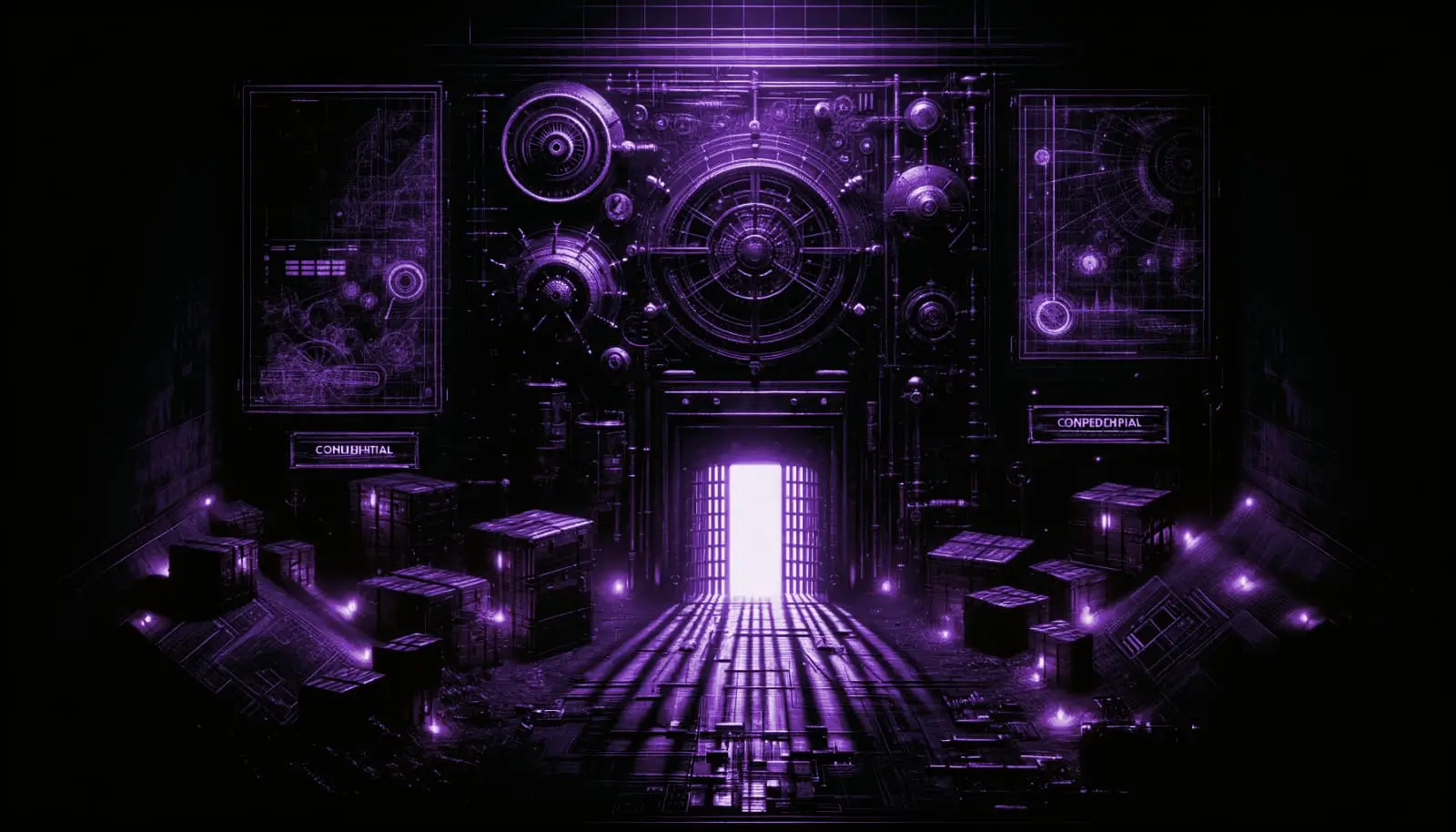
Echoes of the Future
Today, whispers of Marshall’s work linger at the edges of scientific discourse, shadowing debates about climate urgency and energy scarcity. Mainstream programs—ARPA‑E grants, NASA NIAC studies, and the Department of Energy’s geothermal initiatives—show how bold ideas can progress within open science. Yet the anomalies persist: field notes about “phase shifts,” lab logs describing instruments spiking into noise, and that grainy photo of a glowing core. What remains unexplained is whether these fragments map to a coherent lineage or simply the human impulse to find patterns in the dark.
The most defensible position is cautious: no publicly verifiable dossier proves Protocol I-6, but the architecture for suppression exists in statute and practice. For readers navigating suppressed technology claims, the approach is simple: seek primary sources (National Archives finding aids, OSTI records, DTIC technical reports), verify provenance, and weigh expert analysis through universities or peer‑reviewed outlets. At The Odd Signal, we collect each thread and ask the same question investigators at CIA or the National Archives might ask: what is the provenance, and who benefits from silence?
Final Transmission
In the margins of a forgotten report, one can almost hear the fading echo of a suppressed technology—a reminder that some secrets are too powerful to remain hidden forever. The truth, once obscured, never truly vanishes. It merely awaits the day it can once again illuminate the path forward.
Within the suppressed technology archives, there are whispers that challenge the boundaries of what we know, encouraging a deeper exploration into the forbidden corridors of science. As you navigate the labyrinthine mysteries of the curious archive, remember: some signals, once released, can never be silenced.
Sources Unsealed
- U.S. Senate Church Committee, Final Report (1976) – multi-volume inquiry into intelligence activities
- CIA FOIA Reading Room: Project MKUltra Collection (1953–1973) – declassified documents
- FBI Vault: COINTELPRO Files (1956–1971) – declassified records
- USPTO: Secrecy Orders and the Invention Secrecy Act (overview and annual reporting)
- National Archives Catalog – primary-source search across federal holdings
- National Security Archive (GWU) – FOIA-based document collections and briefings
- Cultural mirror (not evidence): Smithsonian Magazine: The Rise and Fall of Nikola Tesla and His Tower (context for technology lore)
Latest Declassified Signals
New drops every week. Dossiers, visuals, anomalies. Truth is never quiet.
They Don’t Want You to Know This
Join the society of the curious. Get early access to leaked findings, hidden knowledge, and suppressed discoveries — straight to your inbox, before they vanish.
